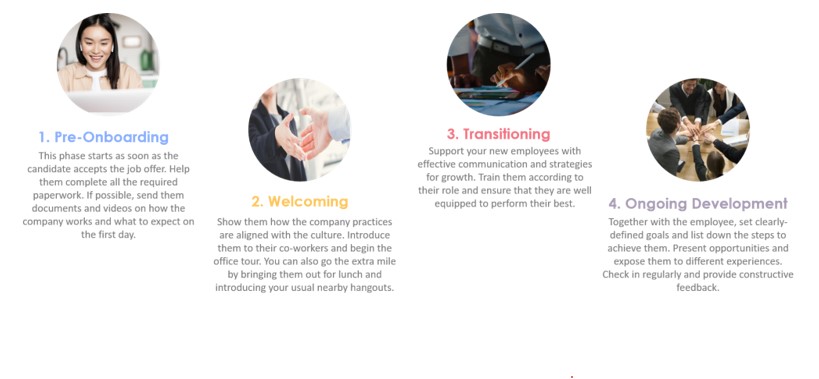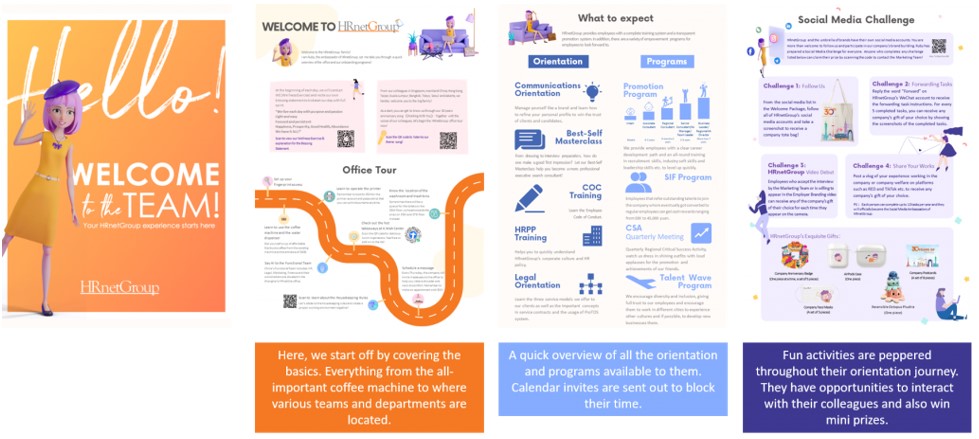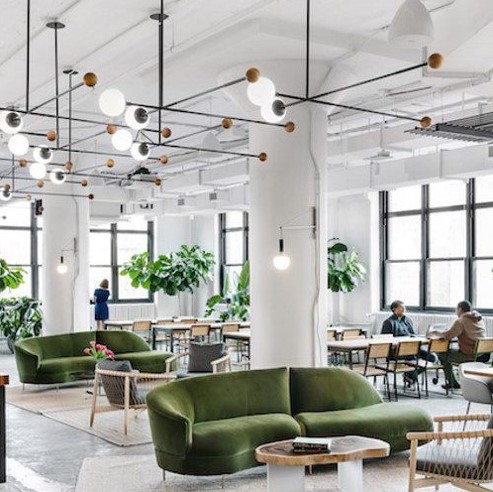
Staying Ahead of The Curve
2022 has yet again shown itself to be shaping up into another year of rapid transformation.
Large swaths of the population have experienced what many organisations thought to be unthinkable – that allowing employees the flexibility of working from was the death knell of productivity and success. We all know now that’s not the truth.
So, where do go from here?
How do we build a workplace that spans the vast talent milieu? In the following pages, we have identified key areas so that you can refine processes or even do a complete overhaul where necessary. It’s all structured with the objective to create better candidate and employee experiences and increase attraction and retention rates.
The Newbie Experience
When onboarding is done right, it’s half a battle won.

HRnetGroup’s Welcome Pack
Our very own welcome pack to new hires focuses on fostering a sense of belonging by compiling the necessary information paired with exciting challenges and company merchandise as gifts.

A Space For Tomorrow
As employees are given more flexibility in working arrangements, 33% were reassessing their office space to turn it into a more conducive environment.
If you have not hopped on this bandwagon, some questions you can ponder over are, “What is my office utilization rate?”, “Are there more people working from home or in the office?” If your answer is the latter, you might want to consider transforming your commercial office space.

Creating A Hybrid Environment
Giant conference tables are making way for big digital screens, and offices are acting as a social anchor. To create the perfect hybrid environment for your employees, it is important to understand their needs and work habits. “How often are they coming into the office? What is the nature of their work?”
ONBOARD NEW TECHNOLOGY

With 25% of employees considering switching to companies that meet their technological needs, enhance the meeting experience with remote employees by building ‘Zoom Rooms’. These rooms are equipped with a ‘Smart Gallery’, an AI-based camera view to better see their coworkers in the room, and a ‘Zoom Whiteboard’ to allow any annotation to the viewed in real-time regardless of where they are located.
FUTURE-PROOF YOUR OFFICE

Traditional construction methods such as office partitions should be replaced with pods and movable zoning furniture to create agile and flexible workspaces. Consider having magnetic graphic systems and digital screens for content that will be featured temporarily. To cater to the ever-changing demands, move away from the one-size-fits-all office space.
The Human Element
Employees are our most important customers. You may house the most advanced technology, offer the best benefits and the coolest hybrid office but without your employees, you are just an empty shell. Ask yourself this question – “How do I help my employees to be the best version of themselves?”. A strong sense of belonging can result in an 82% increase in retention rate and boost productivity by 70%. When an employee feels like they are part of something bigger, it will help them to form deeper connections with the work they do and the people they work with.

Introduce An Individual Development Plan (IDP)
The main purpose of IDP is to enhance an employee’s professional growth through short and long-term goals.
There are 5 steps to charting an IDP:
1. Define your career goals
2. List the necessary skills and knowledge
3. Assess existing skills and knowledge
4. Identify strategies or action steps
5. Track progress and set new goals with a deadline
Instead of Exit Interviews, Have ‘Stay Interviews’
It is a useful engagement strategy that is extremely valuable to identify pain points before they emerge into bigger problems. To put it simply, it is to learn what makes employees stay and keep working for you. Similarly, it can elicit what might make your employees leave.
Don’t Punish ‘Good Failures’
Good failure allows you to get feedback to drive the next steps to achieve the goal whereas its counterpart is usually the result of a lack of trying or simply careless decisions. Hear from your employees about the setback that they had faced which led to this failure and how to move forward from there.
In-Demand Skills for HR Professionals
With titanic shifts in the way we work, HR’s role faces massive changes and might even take on the role of leading the organization in navigating the future.
While some skills are able to be picked up, companies should be open to hiring talents to fill the gaps brought about by the changes.
- People Analytics
- Diversity and Inclusion (D&I) Experience
- Employee/Labor Relations
- AI & Machine Learning Technology
- IT Skills (AWS, Python, Javascript)
Talent Attraction Strategies
1. CHATS WITH SENIOR MANAGEMENT
Here, the questions asked should lean towards getting to know the candidate on a more personal basis. Also, take this opportunity to give them insights into the company culture.
2. SIGN ON BONUS
This is especially useful to attract candidates who are leaving just before receiving their incentive payout or annual bonus. Offering such a financial incentive can motivate them to make that move.
3. CONVERSATIONS WITH A PEER
Have the candidate sit down with a team member for a casual chat. The purpose of the conversation is to give insights on what the employee experience is actually like. This could also help the candidate feel at ease and open up more and thereby providing a better gauge if the person is suitable for the team.
4. INTRODUCTION EMPLOYEE REFERRAL PROGRAMS
A referred candidate could also turn out to be a better match because the person who referred them would generally have a feel whether the candidate would be a good match for the team.
5. DIVERSITY AND GENDER EQUALITY
Make your diversity and gender equality ethos and programs clear from the start. Knowing that an organisation takes a strong stance on such matters shows the candidate that you are committed to creating a fair and accepting work place.
Talent Retention Strategies
1. GLOBAL TRANSFER OF EMPLOYEES
Position it as an incentive as it can be very attractive especially to younger employees who are looking for new experiences. It keeps the role fresh and they come back with new learnings and perspectives that can help to improve their work.

2. A CLEAR CAREER PROGRESSION FRAMEWORK
Set a clear direction for your employees to know how their careers will develop in the future to spur them on. Inform them what they should be expecting – E.g. Overseas Transfer, Promotion, Pay Raise, and the stipulated period.

3. DO SWEAT THE SMALL STUFF
Create a culture of recognition by presenting awards such as the ‘Best Improvement Award’ to convey the message that one does not have to be the best, but it is the effort they put in that is the most important. Encourage them to consistently exceed their own expectations and have a breakthrough.
WHAT WE DO:
Growth Award
As a form of encouragement to our employees for showing a big improvement over the last quarter, they are awarded the Growth Award.
4. A SMALL GESTURE GOES A LONG WAY
Incorporating small gestures of appreciation frequently such as bringing them out for a good lunch or just a simple “Good Job” and “Thank You” will create the biggest impact than you can ever imagine.

5. PROPER TRAINING FOR LEADERS
Possibility of an employee resigning due to an ineffective supervisor is 40%. A direct supervisor should possess the capability as an effective leader to guide their team and promote an atmosphere where there is room for growth.

6. OFFER LEARNING OPPORTUNITIES
Programs such as cross-training and mentorship can increase an employee’s skill set and flexibility within the organization. Also, everyone can have a better understanding of how the business operates. Other than technical skills, companies should not neglect personal development skills such as baking and cooking.

7. DO NOT NEGLECT EMPLOYEE ENGAGEMENT
Directly linked to satisfaction level, it is found that 73% of actively disengaged employees are looking for new jobs actively. Invite open feedback regularly to hear their concerns and worries so that you can work on them.

8. FLEXIBLE WORK SCHEDULES
Bear in mind that time spent in the office should be equivalent to the time spent away from work. Having a balanced lifestyle will not only reduce stress and prevent burnout, but it will also result in a higher productivity level.

9. MEASURE THE WELL-BEING OF YOUR EMPLOYEES REGULARLY
Employees should always feel safe, healthy, and satisfied with what they are doing to bring out the best in them. Health awareness and stress management programs are some examples that you can implement to promote well-being.

Considerations When Accepting A Job Offer
These are some of the top considerations for candidates across the board when taking on a job offer, according to priority:
- COMPANY’S CULTURE AND VALUES
- SALARY
- PEOPLE
- STABILITY
- CONSENSUS FROM FAMILY MEMBERS
- CAREER PROGRESSION
TAKE A STEP BACK AND EVALUATE.
Where do you stand when it comes to these areas? Are your offerings competitive and well-packaged when compared to your competitors? There is no need to necessarily be the best across all areas to score top talents. Consider focusing on your strengths and bring that to the forefront so that potential candidates are aware of exactly what you offer.

Motivations For a Job Switch
- CAREER PATH
- STABILITY
- PEOPLE’
Would you rather spend the time and money to groom new people or put in the extra effort to keep your existing talents? If your answer is the latter, are you providing them with ample opportunities to progress and grow in the company?
Ask yourself this question – “Would you stay in a company knowing that you will be in the same role doing the same thing over and over again for the next 5 years?” If your answer is “No”, then start creating a career progression framework for every employee. This will keep them motivated as they push themselves to reach the top of the ladder.
Key Takeaways
The past 2 years have thrown us off our seats while we scrambled to adjust to the new working arrangements while trying to retain and attract new talents. Employee expectations have changed greatly but this also presents an exciting opportunity for companies to differentiate themselves as the top employer. The roles of both employees and leaders are changing and the relationship between them is now extremely critical in shaping the employee experience and connection to the company. In a nutshell, if we can summarise the entire report into two takeaways, it’ll be
1. Treat Employees Like Your Customers From The Day They Accept The Offer
2. Future-Proof Everything (E.g. Office layout, software and hardware)

Work With A Recruiter
Covid-19 shifted the labour market, with employees rethinking their priorities and employers adjusting to the industry changes. The war for attracting and retaining talents is getting fiercer, with companies racing to keep their top talents.
Working with recruiters in a time of uncertainty can help companies stay afloat and brave through change, propelling the business in the right direction.





